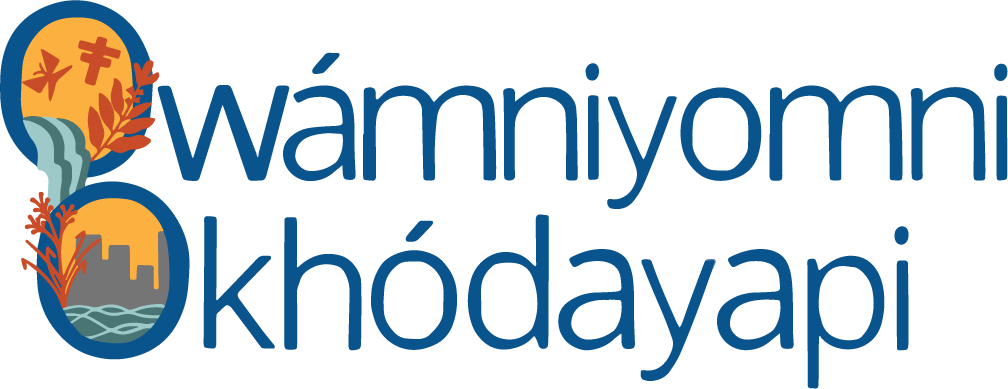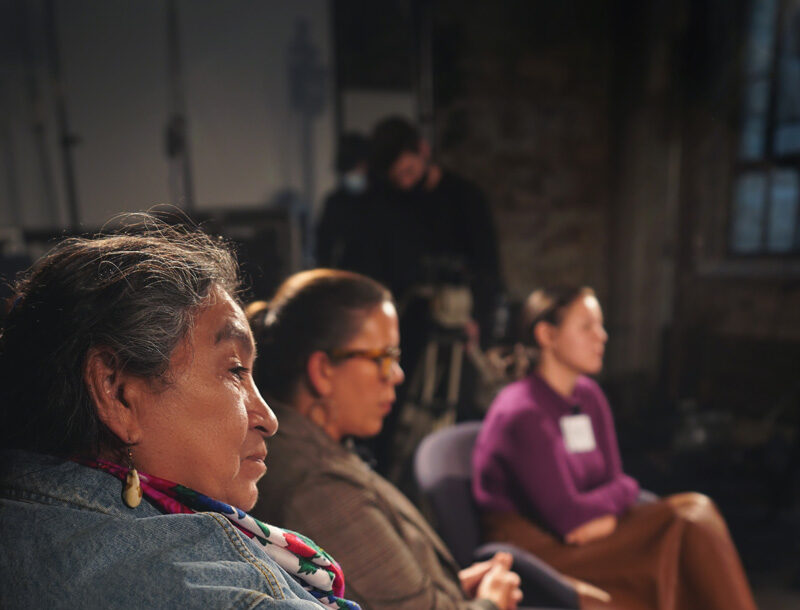By Owámniyomni Okhódayapi | November, 14 2023
Orthography: the conventional spelling system of a language
Dakota vs. Dakhóta, Pidamayaye vs. Phidámayaye, Wakaŋ vs. Wakháŋ. These are all examples of the variation of orthography that you might see in written Dakota language. But why do these variations exist and which should you use?
Where do variations in orthography come from?
The Dakota people, part of the Očeti Šakowiŋ or the Dakota-Lakota-Nakota people, have a rich cultural heritage deeply intertwined with their language. However, the history of Dakota language and its orthographic variations is marked by the profound influence of colonialism. This influence began with European settlers’ attempts to transform the Dakota language from an oral tradition to a written one.
When Europeans colonized Dakota homeland, they made an effort to document the language into written form. This was often done by Christian missionaries who used language as a means of assimilation.
Dr. Stephen R. Riggs, a missionary who is credited for one of the most commonly used Dakota orthographies, admitted, “The labor of writing the language was undertaken as a means to a greater end. To put God’s thoughts into their speech.” This admission highlights the fact that the missionaries were not merely documenting the language; they were reshaping it to reflect their Christian beliefs and values, effectively asserting control over the Dakota language, says Sarah Hernandez in her work, “We Are the Stars.”
Hernandez states, “I argue that missionary translations of the Dakota language set a dangerous precedent that denigrated Očeti Šakowiŋ star knowledge and supplanted our tribal land narratives with new settler-colonial land narratives that ensured that many of our people converted to Christianity and assimilated to the American nation”
Missionaries deliberately manipulated the Dakota language, imposing their own Christian beliefs and values onto the Dakota people. Language became a vessel for religious indoctrination and facilitated internal colonialism.
What about dialect?
While there are different dialects of Dakota based on which oyate (tribe or community) you’re from, they are not the result of colonization as described above. It is common for dialects to develop based on location and social groups. An example in modern day America is the word “soda” versus “pop.” Depending on where you reside and your upbringing, the word you use to describe this fizzy drink changes. These variations are to be expected in language.
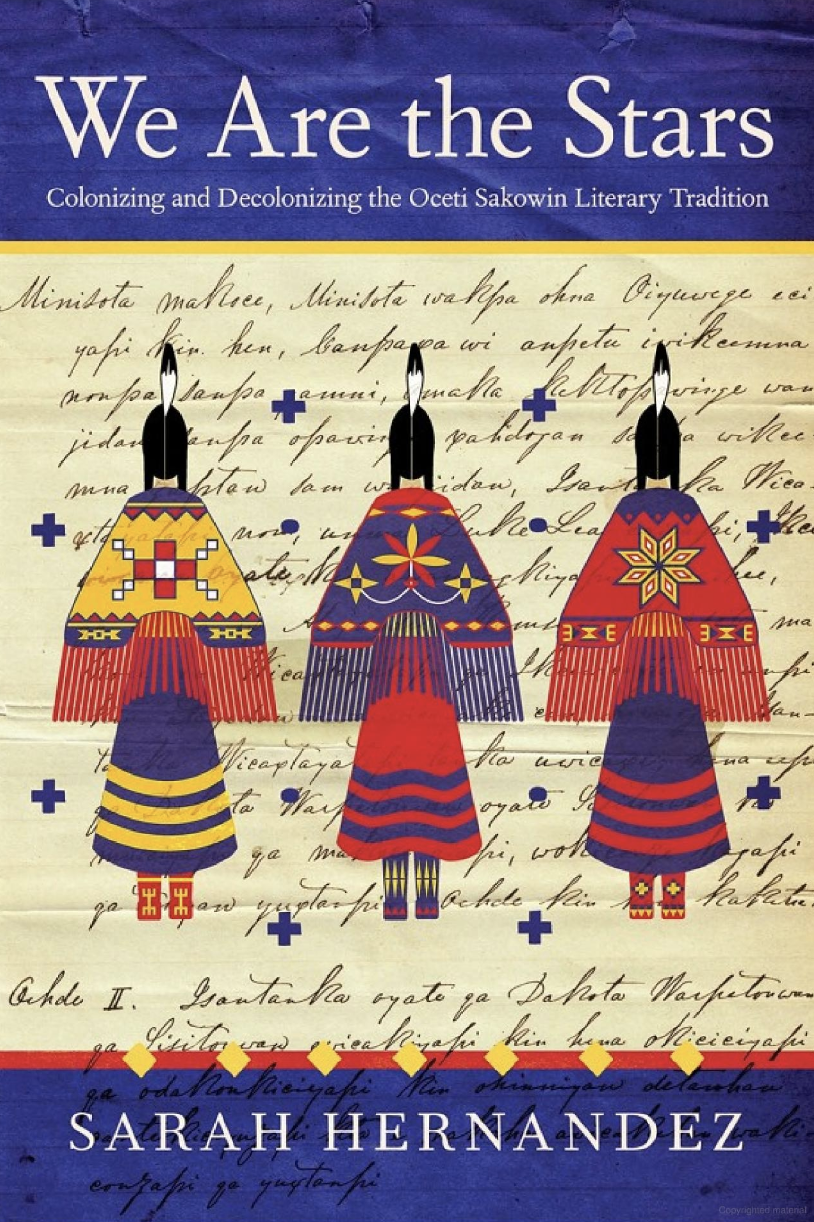
- We are the Stars, Sarah Hernandez
“After centuries of colonization, this important new work recovers the literary record of Oceti Sakowin (historically known to some as the Sioux Nation) women, who served as their tribes’ traditional culture keepers and culture bearers. In so doing, it furthers discussions about settler colonialism, literature, nationalism, and gender.”
We are the Stars can be purchased here.
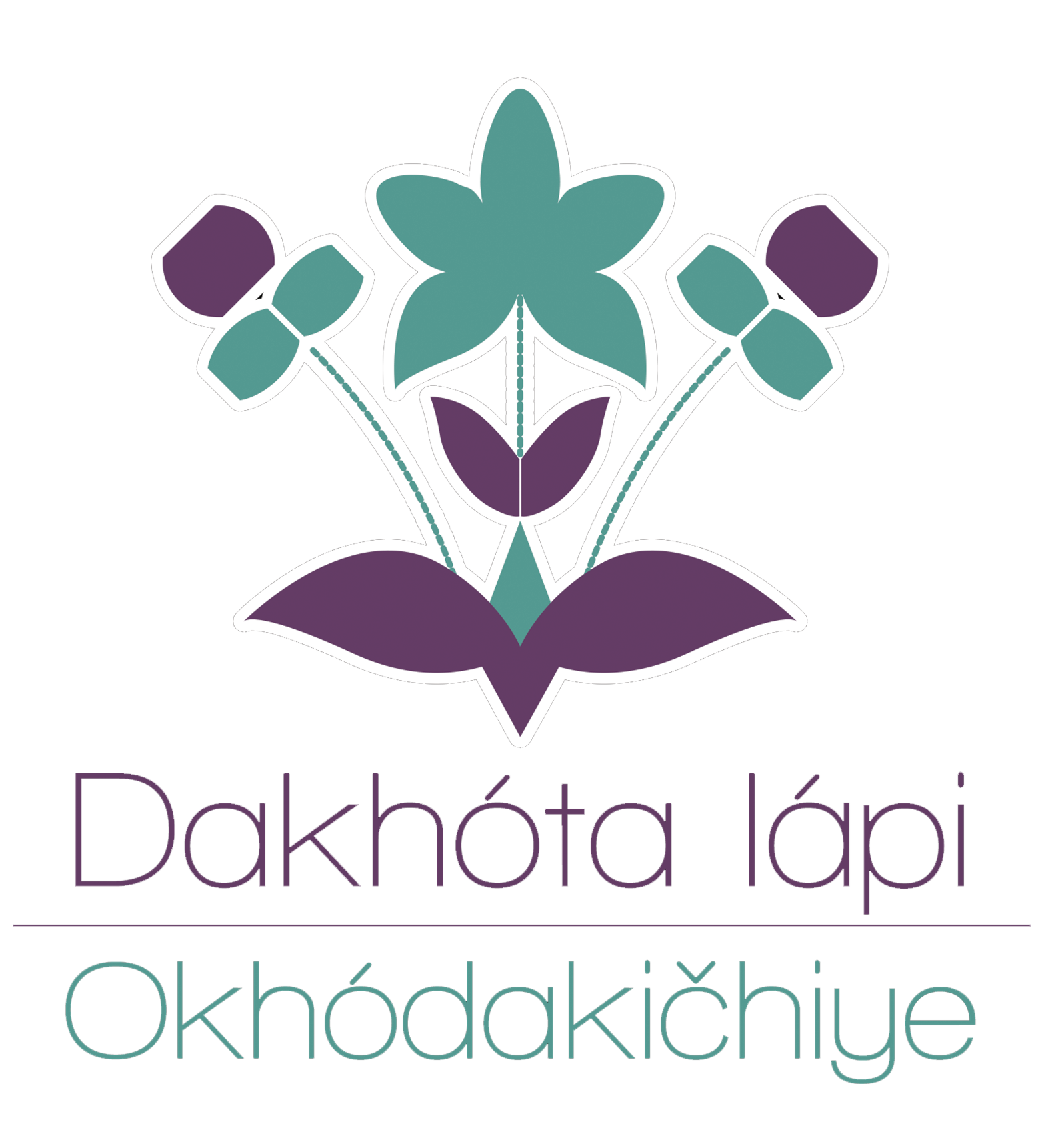
- Dakhóta iápi Okhódakičhiye
“Dakhóta iápi Okhódakičhiye (DIO) is a 501c3 nonprofit organization of dedicated Dakota community members, language learners and speakers. DIO was created out of a international need for Dakota language materials to be implemented for easily accessible language learning..”
Learn more about Dakhóta iápi Okhódakičhiye here.

- Tokaheya Dakota Iapi Kin: Beginning Dakota
“Nicolette Knudson and Jody Snow, students of the language, along with Dakota instructor and revered elder Clifford Canku share their expertise through activities that organize the language at its most basic level. Twenty-four lesson plans build on each other and use cultural and historical information to increase understanding of the Dakota language and world view. Exercises offer opportunities to practice writing and speaking, increasing vocabulary and introducing grammatical building blocks that enhance comprehension. Glossaries provide translations from Dakota to English and back again. With these features and more, Beginning Dakota is an invaluable tool for speakers of all levels.”
Learn more about Tokaheya Dakota Iapi Kin: Beginning Dakota here.
Voices of the Falls is brought to you in partnership with

